
Drinking Sake in Kochi
As the locals will gladly tell you, what Kochi people long for in a sake is, above all else, quaffability. Something that won’t get in the way of all the fresh seafood, sure. But also something you can drink in large quantities, over a long period of time, without getting sick of. They’ll tell you point-blank, “We like to drink a lot.”
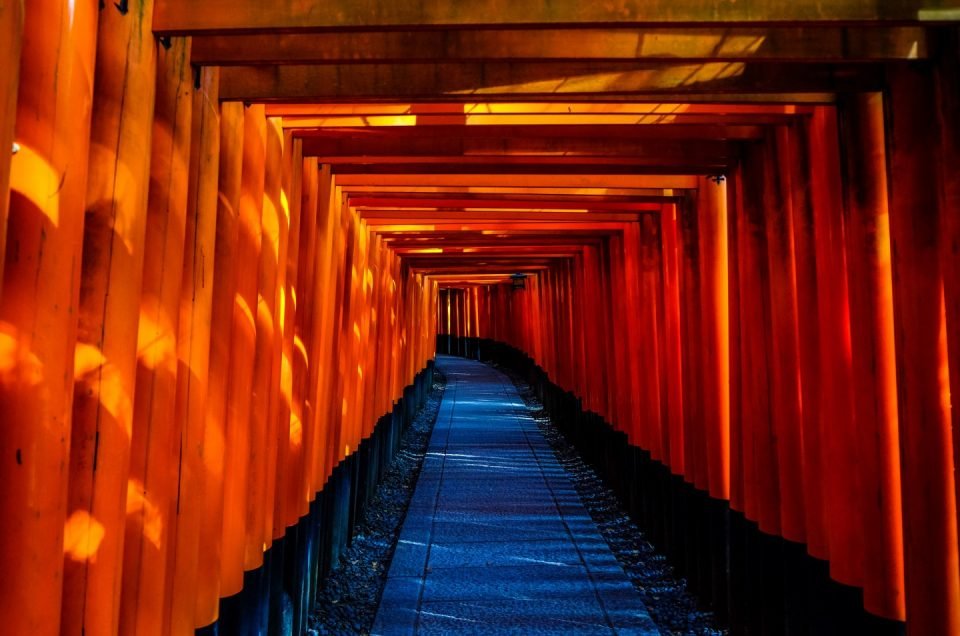
Rice is nice.
Japanese cuisine is an incomparable semiotic wonderland. Not only on visual levels do signs and symbols have meaning but there is also an underlying cultural meaning about everything that is part of Japanese food.

Best Sake Spots in Wakayama
I have been to Wakayama city many times before on business and it was usually a “get in and get out” scenario, but Wakayama is famous for having excellent fish and produce (mikan, umeboshi and peaches) not to mention some fantastic sake, so this time I was looking forward to exploring some of the city’s izakayas and sake bars.
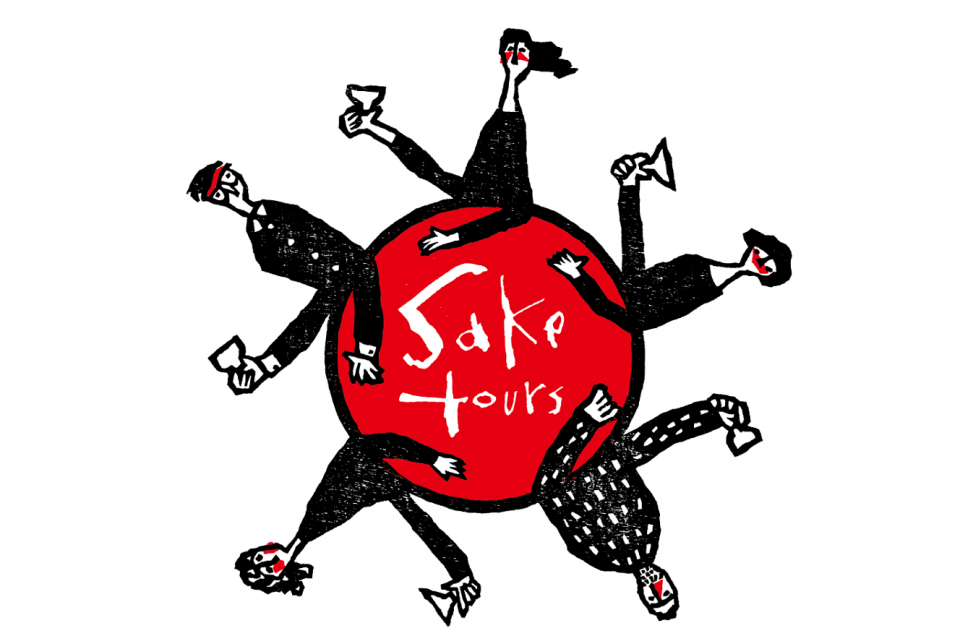
The Story of the Sake Tours Logo
I first came across Shigeki Miura’s work online and was so impressed with it that when I heard about his show in Kyoto I thought it would be a good excuse for a train trip.
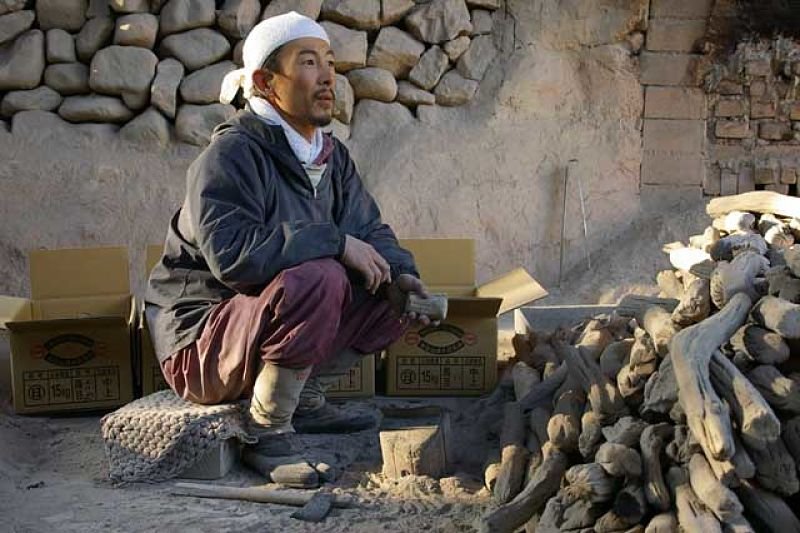
Japanese Charcoal Binchotan - What is Binchotan ?
Deep in the mountains of Wakayama not too far from the famous Kumano Kodo Trail, you can find Junji Nakagami, a binchotan craftsman who has been making binchotan for more than 20 years. His place of work is 2 kilns that he built himself under an old shed like structure in the middle of dense forest. He works alone, the only sounds are the wind moving through the cedar pines and some classical music from an old radio.
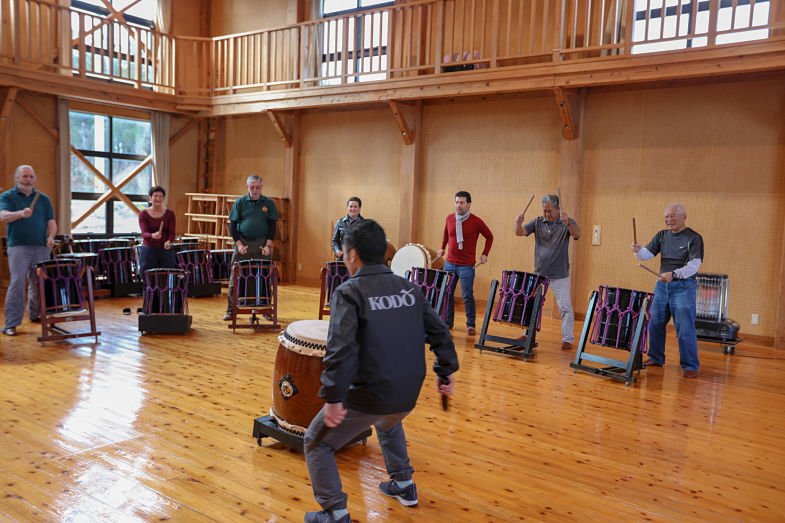
Kodo Drum: Into the World of Musical Masterminds
As part of our Niigata Sake tour we visit the world famous Kodo drum group at their home on Sado Island. Since 1981, Kodo Drum has been enriching musical palates and educating people around the world about the rich culture across Japan. If you didn’t know about them before, you’re about to be inspired to expand your musical appetite.
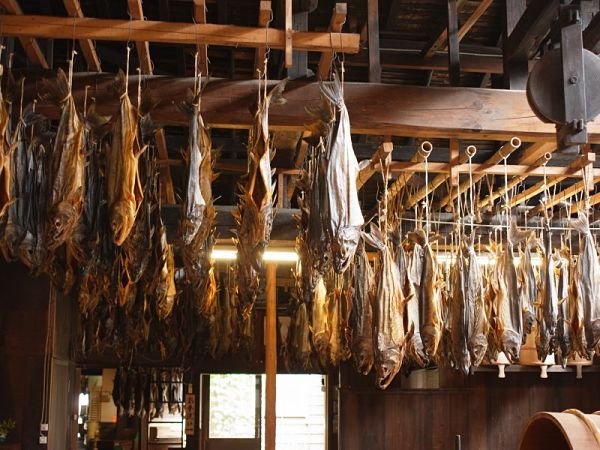
Murakami Salmon
The people of Murakami City, located in Niigata, Japan, always know when this annual tradition will begin. As chilly, autumn winds blow in from the ocean, thousands of chum salmon also make their way into the city’s Miomote River.

Yourou Shuzo, Ozu, Ehime
I am so happy to receive these very special bottles of Yourou Shuzou’s “Kaze-no-Sato.” These come from the first year of brewing at their restored kura which had been ravaged by flooding.
